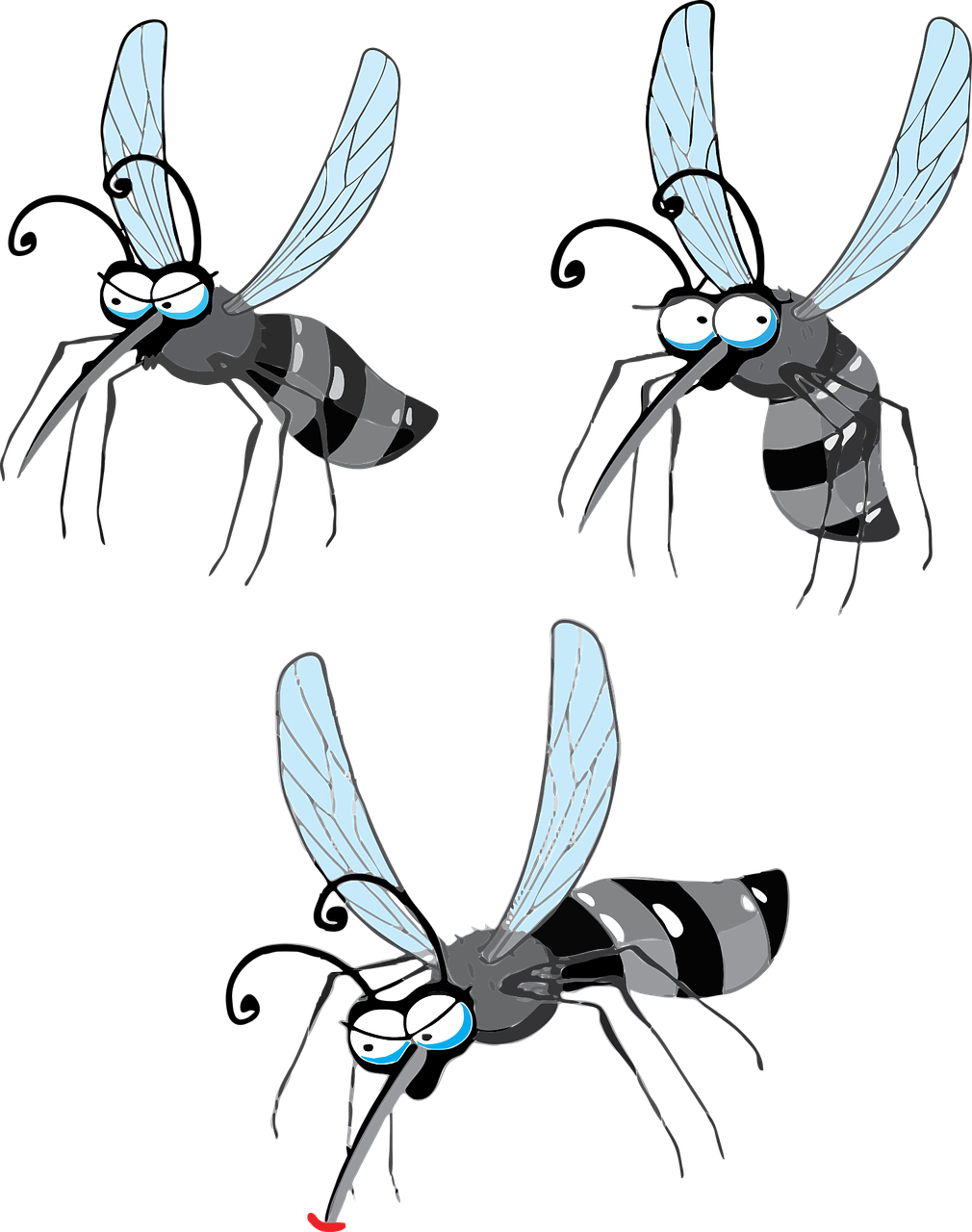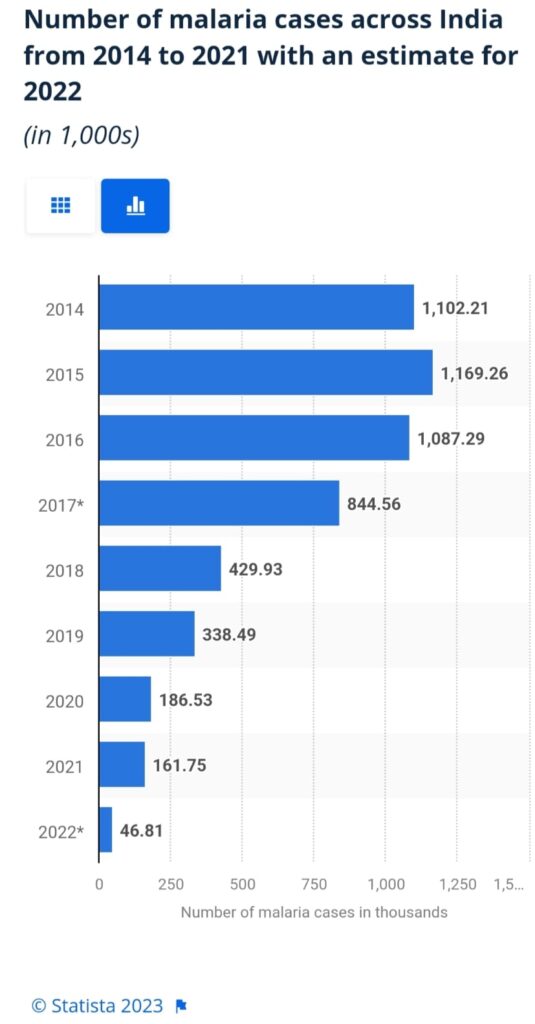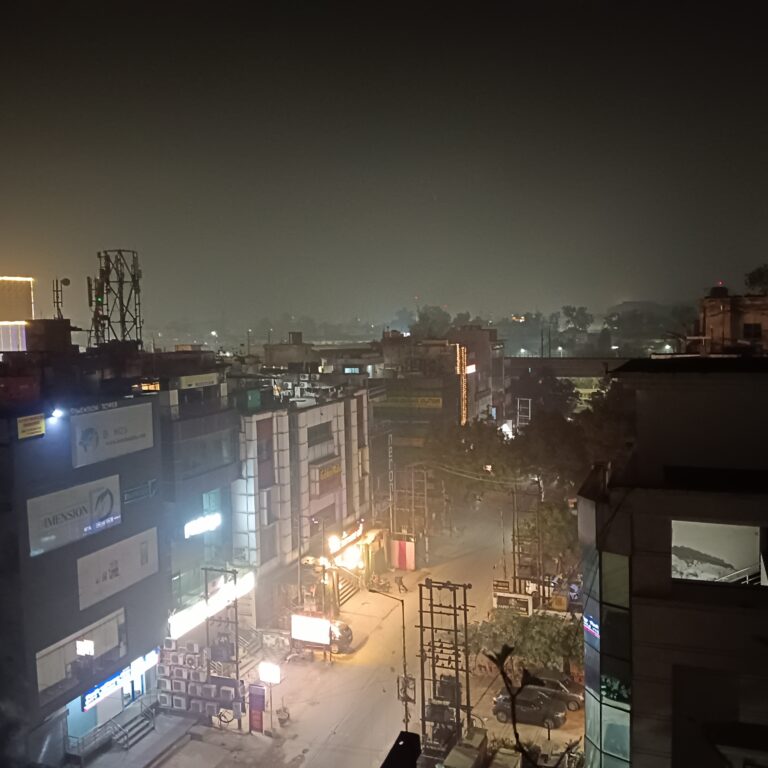
Over the last three years, India has faced significant challenges with vector-borne diseases, especially during rains. As the monsoon season descends upon India, we find an increase in mosquito-borne diseases. Mosquitoes, thriving in the stagnant waters left by heavy rains during monsoon season, become carriers of diseases like malaria, dengue, and chikungunya. They have shown fluctuating case numbers and deaths. Preventing these diseases becomes a critical public health concern during the monsoon period.
According to the World Malaria Report 2019, India represents 3% of the global malaria burden. Dengue showing its characteristic cyclical pattern was at its peak in 2017 with more than 1.88 million cases. Dengue cases dropped over four years to 45000 cases in 2020 to rise again to approximately 2 lakhs in 2021 and further to 2.3 lakh cases in 2022, with deaths following a similar trend.

It is crucial to recognize that these statistics only represent reported cases and deaths, and the actual disease burden may be higher due to underreporting or misdiagnosis.
The rising trend in reported cases and deaths over the last three years underscores the urgency of implementing effective preventive measures during the monsoon months. This article aims to throw light on various preventive measures that individuals and communities can take to minimize the risk of mosquito-borne infections during the monsoon months in India.
1. Eliminate breeding sites
The first line of defence against mosquito-borne diseases is to eliminate their breeding grounds. Mosquitoes breed in stagnant water, so it is essential to ensure that all possible water containers, such as pots, buckets, tires, and even empty coconut shells, are regularly emptied, cleaned, or covered. This simple action can significantly reduce mosquito populations in residential areas.
2. Use mosquito nets and screens
Indoor protection is crucial, especially during the night when mosquitoes are most active. Sleeping under mosquito nets can help create a barrier between individuals and disease-carrying mosquitoes. Additionally, installing mosquito screens on windows and doors can prevent them from entering living spaces.
3. Apply mosquito repellents
Using mosquito repellents, either in the form of creams, sprays, or electronic devices, can provide personal protection from mosquito bites. Repellents containing DEET, picaridin, or lemon eucalyptus oil are effective in deterring mosquitoes.
4. Wear protective clothing
Wearing long-sleeved shirts, long pants, and socks can act as a physical barrier against mosquito bites, reducing the chances of exposure to disease-causing mosquitoes.
5. Avoid outdoor activities during peak mosquito hours
Mosquitoes are most active during dawn and dusk. Minimizing outdoor activities during these peak mosquito hours can help reduce the risk of getting bitten.
6. Support community initiatives
Community engagement is vital in the fight against mosquito-borne diseases. Participating in local cleanliness drives and encouraging neighbours to follow preventive measures can collectively reduce mosquito breeding sites.
7. Regularly maintain water storage
For households dependent on stored water, it is crucial to regularly clean and maintain water storage tanks to prevent mosquito breeding. Using larvicides or mosquito fish, which feed on mosquito larvae, can also help control mosquito populations in these water bodies.
8. Conduct fogging and spraying
Local authorities may conduct fogging and spraying of insecticides in areas with high mosquito activity. However, it is essential to ensure that these interventions are carried out safely and responsibly, following guidelines to minimize any potential harm to humans and the environment.
9. Promote awareness and education
Public awareness campaigns can play a significant role in educating the public about the importance of preventive measures during the monsoon months. Distributing informational pamphlets and organizing workshops can empower individuals with the knowledge needed to protect themselves and their families.
10. Seek medical attention
Early detection and treatment of mosquito-borne diseases are crucial for successful outcomes. If any symptoms such as fever, headache, body aches, or rashes are observed, individuals should seek medical attention promptly.
Conclusion
 India’s continued efforts under the umbrella of the National Vector Borne Disease Control Programme have led to a sustained fall in the burden of vector-borne diseases. India has been consistently reporting a decrease in the number of cases of lymphatic filariasis, malaria, kala-azar, chikungunya, and other vector-borne diseases. The country has been showing a remarkable fall in reported cases of malaria since 2014. In 2020, India reported 1.86 lakh cases of malaria, which decreased in 2021 to 1.61 lakh cases.
India’s continued efforts under the umbrella of the National Vector Borne Disease Control Programme have led to a sustained fall in the burden of vector-borne diseases. India has been consistently reporting a decrease in the number of cases of lymphatic filariasis, malaria, kala-azar, chikungunya, and other vector-borne diseases. The country has been showing a remarkable fall in reported cases of malaria since 2014. In 2020, India reported 1.86 lakh cases of malaria, which decreased in 2021 to 1.61 lakh cases.
Despite being the highest malaria burden country of the South East Asia region, India showed a reduction in reported malaria cases of 49% and deaths of 50.5% compared with 2017. India has made remarkable progress in recent years in reducing malaria incidence. The good news is that the World Malaria Report has also documented the remarkable decline in malaria incidence in India, the estimated malaria cases were reduced by 24% in 2017 compared to 2016 and 28% in 2018 compared to 2017.
India needs to continue its efforts with much more vigour to further decrease the caseload and prevent the loss of precious lives. And it is possible by implementing preventive measures such as eliminating breeding sites, using mosquito nets and repellents, and raising awareness, we can significantly reduce the burden of these preventable diseases. Combating mosquito-borne illnesses during the monsoon not only safeguards public health but also ensures a healthier and more productive society. Together, we can protect ourselves and our communities from the threat of mosquito-borne infections and enjoy the monsoon season to its fullest.
*Dr. Satish K Gupta is an MD in Medicines, and a Fellow of Royal College of Physicians, United Kingdom. He is a Visiting Senior Consultant Physician and Internist at Max Super Speciality Hospital, and a Clinical Assistant Professor at GS Medical College, Chaudhary Charan Singh University, Meerut. He is the author of Journey of COVID in India: A Doctor’s Perspective.


 By
By 



comprehensive article